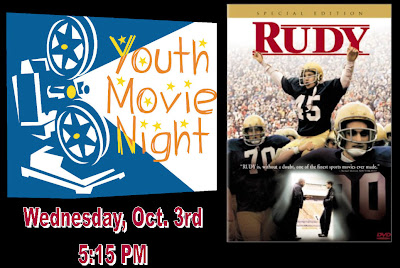December 2007 Newsletter
A History of Hus Memorial Presbyterian Church, Part II
Cedar Rapids, Iowa.
Adapted from a Historical Treatise Written by Charlotte Stelcik
The Central West Bohemian Presbytery
Before explaining the actual beginnings of Hus Memorial Presbyterian Church in Cedar Rapids, it is necessary to consider the beginnings of the Central West Presbytery of which the local church became a member in November 1908. This was the beginning of an effort to consolidate all the Czech churches in the Central West states together.
The foundations of the churches of the Central West Presbytery were laid in the pioneer period of the central states and manifest the characteristics of the settlements about the middle nineteenth century. The Church today is reaping the results of their hard toil, abundant faith, honest work, simple wants, and high ideals, all abundant contributions to the agricultural development of the Middle West.
The founders of the Czech churches were sons and daughters of the Reformed Church of Bohemia and Moravia. Their immigration to the United States commenced after the downfall of the democratic uprisings in Europe in 1848, and with the approaching reaction against political and ecclesiastical autocracy.
From their mother church, these settlers brought the heritage of faith in God, the Bible, the prayer book, and the hymnal. Unlike other happier immigrants they were not accompanied by ordained spiritual leaders. For forty years the Bohemian Protestant pioneers kept the Christian fellowship without a ministry and without any assistance from abroad. Yet they met regularly for worship, often in the homes of their neighbors, built churches, and hoped for a trained ministry. The reliance upon self-help in religious nurture has not disappeared. In 1920, at a time of threatening dearth in the number of candidates, the Committee of Education advised the return to the “well tested method of laymen leading in service in church and Sunday School where no other better way” was provided. It is touching to read of the appeals sent to the only man available, in the fifties, for a preaching service and for the administration of the sacraments. This man was the Rev. Francis Kun, an ordained minister from Bohemia, a man with extensive university and theological training. Descended from a family of preachers, he was an admirable leader and an unselfish friend. This pioneer evangelist arrived in Tama County in 1856 and tilled the soil while waiting for a call. Demands soon were coming from neighboring states. Mr. Kun accepted the call to Ely, Linn county, Iowa, October 1, 1860, and made Ely the base for his visitations of Bohemian congregations. Besides, he filled for two years the chair of professor of Latin and Greek at Western College, Western, Iowa, prior to its removal to Toledo.
Of his stern resolve and his devotion to what he considered his duty to co-religionists, we can form a faint conception when we remember that he often braved a trip of sixty miles through roadless country to visit people. That was before the Civil war. He preached in English, Czech, or German, as circumstances required. Rev. Kun came to the United States in 1856. Before coming, he was warned that “the prospects for a Czech pastor were not encouraging.” The worthy man died at Ely in 1894 in his sixty-ninth year.
The year 1888 is a milestone in the history of the Churches of the Central West. So far the Bohemian churches existed as Independent Reformed Congregations without union among themselves or any denomination.
In September 1888, three candidates for the ministry, Joseph Bren, Vaclav Losa, and Francis Pokorny, arrived and entered Union Seminary under the care of the Presbytery of New York. After a survey of their work, Dr. Vincent Pisek of New York presented a favorable report, which was supported by the synodical superintendents; whereupon the Presbyterian Board of Home Missions became responsible for mission work among the Bohemians in the Central West. The independent congregations one by one were organized into Presbyterian churches by the presbyteries within whose bounds they were located. Within six years the churches so organized were all served by resident pastors. In addition every pastor in the respective churches regularly visited and preached at one or more stations in nearby towns.
Because of Him ~ Terry14-18"'Watch for this: The time is coming'—God's Decree—'when I will keep the promise I made to the families of Israel and Judah. When that time comes, I will make a fresh and true shoot sprout from the David-Tree. He will run this country honestly and fairly. He will set things right. That's when Judah will be secure and Jerusalem live in safety. The motto for the city will be, "God Has Set Things Right for Us." God has made it clear that there will always be a descendant of David ruling the people of Israel and that there will always be Levitical priests on hand to offer burnt offerings, present grain offerings, and carry on the sacrificial worship in my honor.'"
Jeremiah 33:14-16 (MSG), A Fresh and True Shoot from the David-Tree






